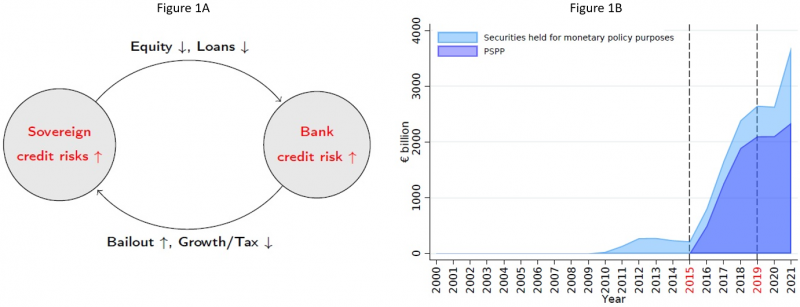Rodney Ramcharan is Professor of Finance and Business Economics at the Marshall School of Business, University of Southern California. Rodney is an economist who worked at the Board Governors of the Federal Reserve System, serving as the first chief of the Systemic Financial Institutions and Markets Section from 2012-2015. He has been a visiting scholar at the Dutch National Bank, Federal Reserve Bank of Philadelphia, and the Federal Reserve Bank of New York. He won the Dean’s Award for Research Excellence from the Marshall School in 2019.


